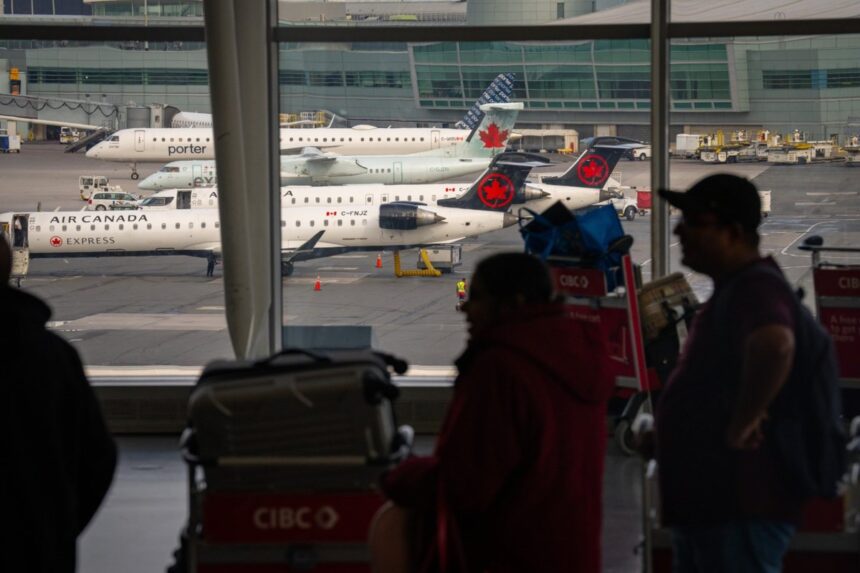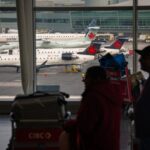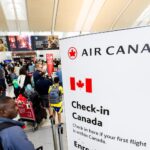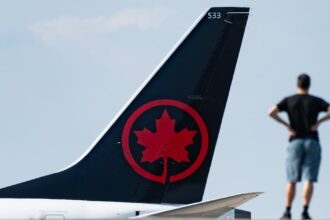In a swift recovery following last week’s labor disruption, Air Canada has announced the restoration of its flight schedule to near-full capacity, bringing relief to thousands of travelers who faced uncertainty during the 15-hour strike. The national carrier’s operations are stabilizing faster than industry analysts had initially predicted, with over 95% of scheduled flights now operating normally across domestic and international routes.
“We’ve implemented an aggressive recovery plan that prioritizes getting our customers to their destinations with minimal further disruption,” said Michael Rousseau, Air Canada’s President and CEO. “Our teams have been working around the clock to rebuild the schedule and accommodate passengers affected by last week’s work stoppage.”
The brief but impactful strike by approximately 5,000 mechanics and ground crew members led to the cancellation of nearly 300 flights, affecting an estimated 37,000 passengers during one of the busiest travel periods of the year. The labor action ended when both parties agreed to binding arbitration, allowing operations to resume while negotiations continue behind closed doors.
Industry observers note that Air Canada’s quick rebound stands in contrast to previous airline disruptions. “The carrier has clearly learned from past operational challenges,” said aviation analyst Heather Thompson. “Their digital communication strategy and deployment of additional staff at major hubs like Toronto Pearson and Montreal-Trudeau have significantly smoothed the recovery process.”
Transport Canada confirms that while some isolated delays persist, particularly on international long-haul routes, the airline’s recovery has progressed substantially ahead of schedule. Passengers are still advised to check their flight status before heading to airports, though the need for last-minute rebookings has diminished considerably since the weekend.
For the Canadian economy, the resolution couldn’t have come at a more critical time. Tourism industry representatives have expressed relief that the disruption was contained before causing more extensive damage to the summer travel season, which represents a significant portion of annual revenue for many businesses in the sector.
“We were bracing for a much longer recovery period,” said Robert Kokonis, President of aviation consulting firm AirTrav Inc. “Air Canada has managed to leverage its fleet flexibility and digital systems to rebuild the schedule more efficiently than we’ve seen in similar scenarios at other major carriers.”
Passengers with previously canceled flights report receiving priority rebooking options, with many accommodated on flights departing within 24-48 hours of their original itinerary. The airline has temporarily expanded its customer service team and extended call center hours to manage the backlog of inquiries.
Despite the operational recovery, questions remain about the long-term labor relationship as the arbitration process unfolds. Aviation industry experts suggest that while service has resumed, the underlying tensions regarding wage increases and working conditions will continue to shape Air Canada’s corporate strategy in the coming months.
As Canada’s aviation sector navigates post-pandemic recovery amid rising operational costs and increased competition, will this efficient resolution to the strike serve as a model for labor relations in the industry, or merely postpone more fundamental challenges that lie ahead?























